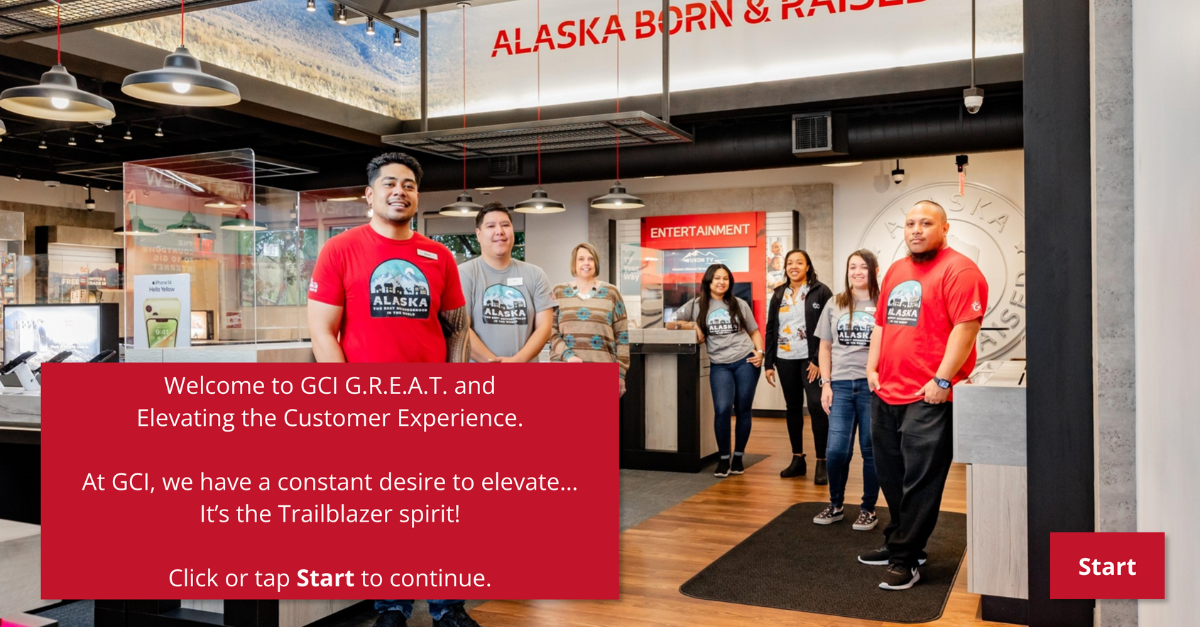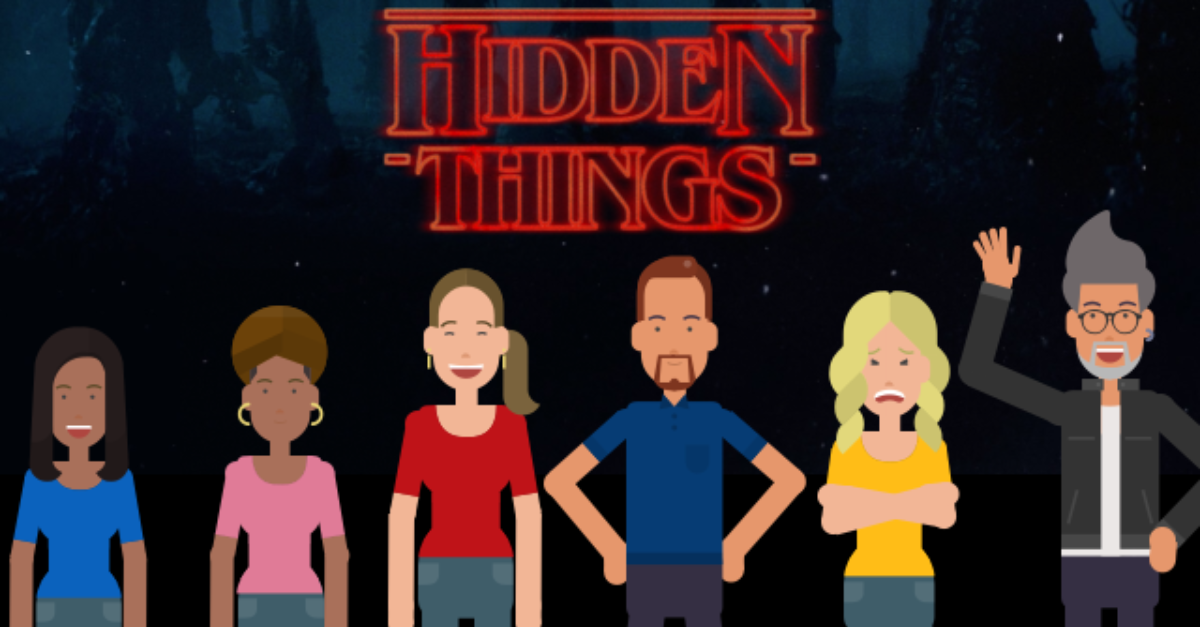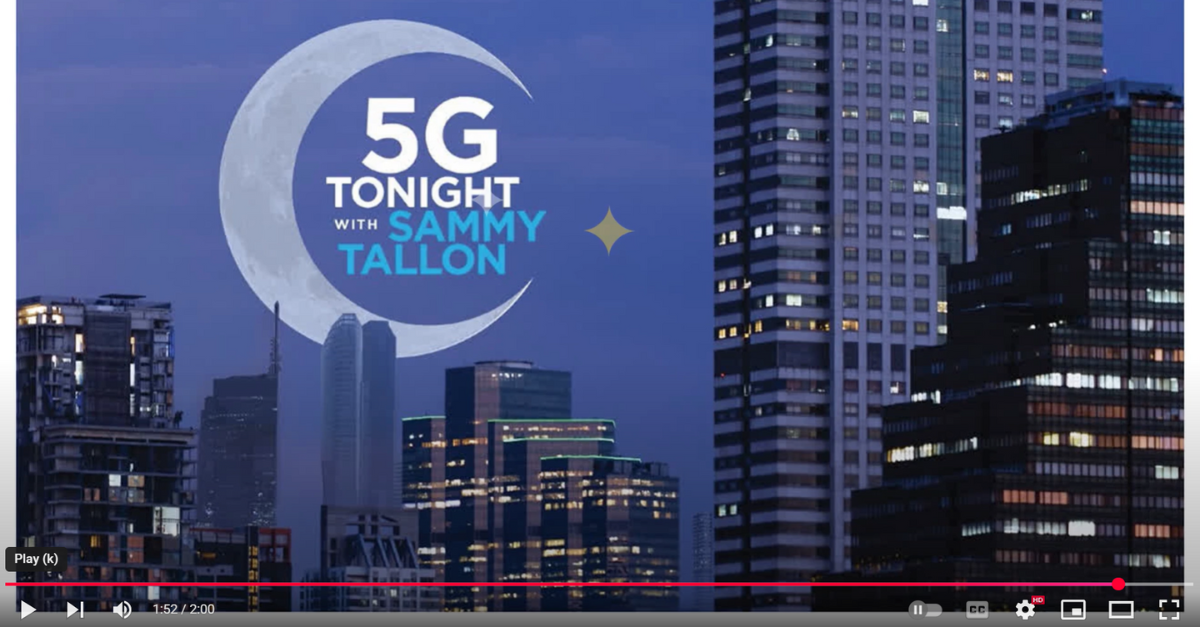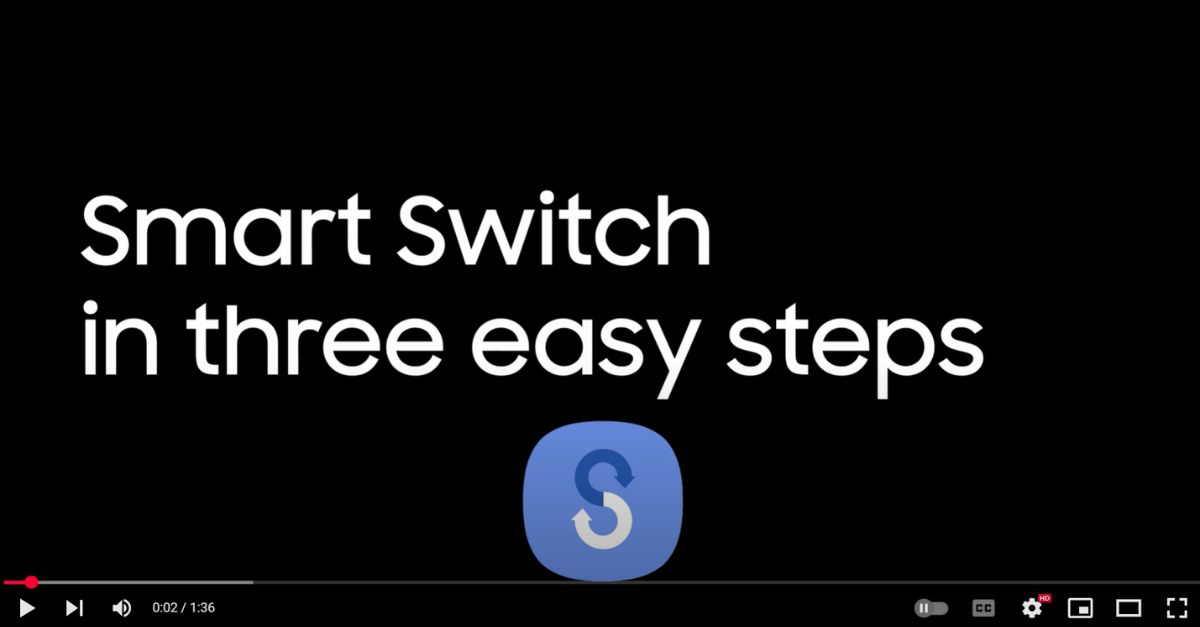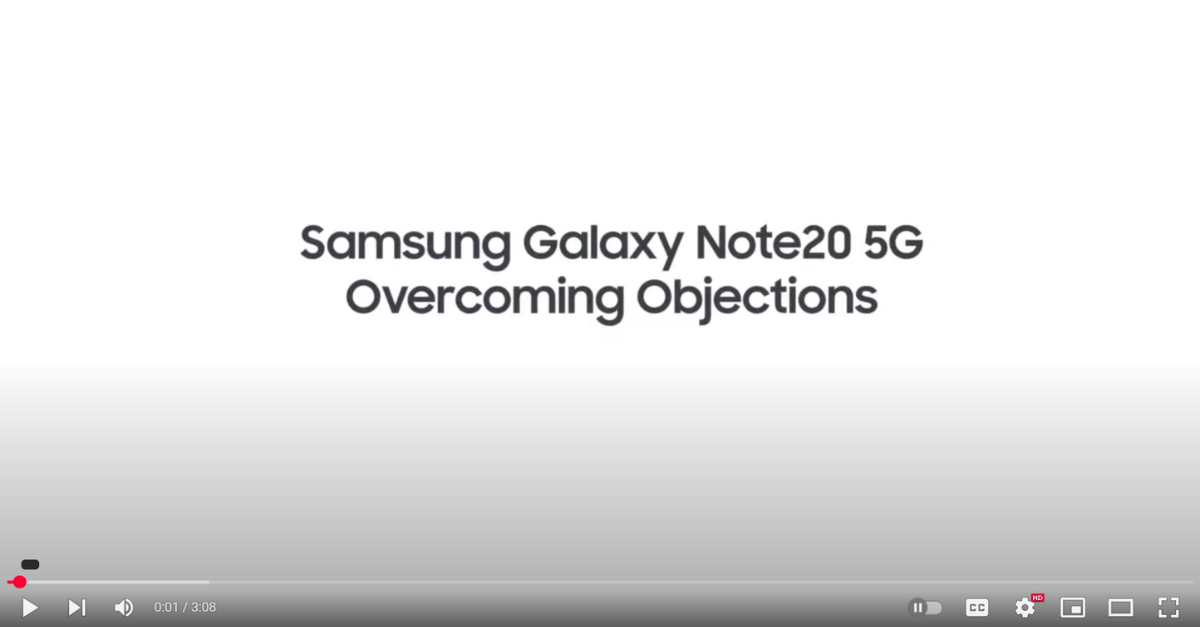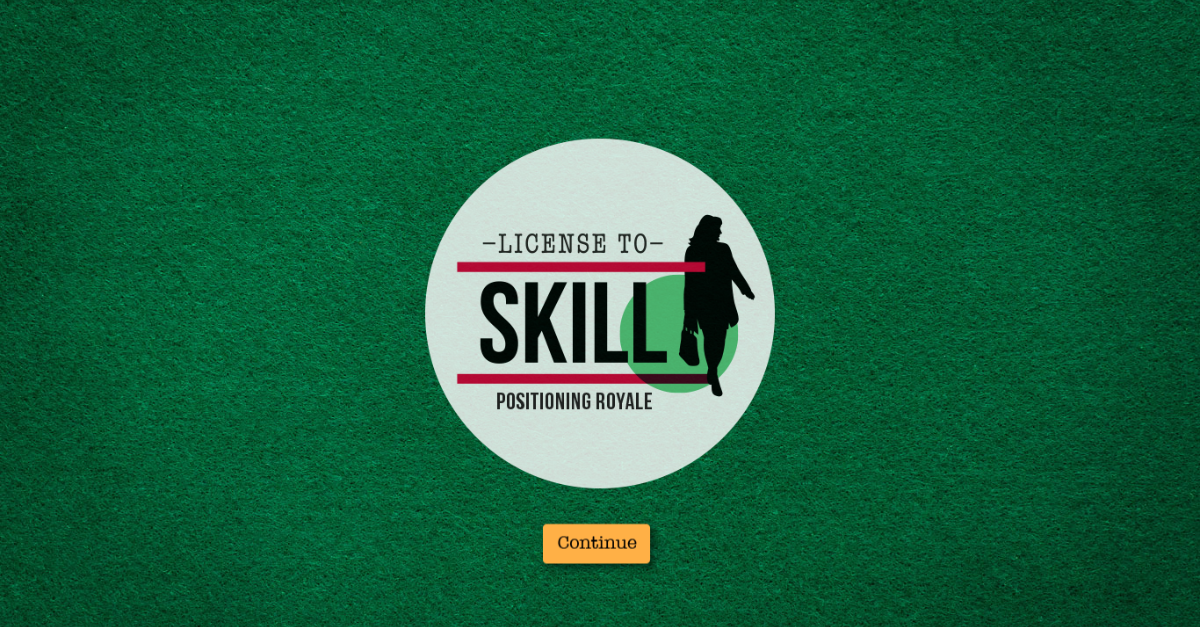Simon L Smith
Innovative and results-driven Training Leader with 20+ years of experience designing, managing, and delivering impactful learning programs across corporate and non-profit sectors.
Specializing in instructor-led training (ILT), virtual and computer-based learning (vILT/CBT), e-learning development, gamification, and high-impact event-based training solutions using cutting-edge technology and time-tested education science.
Proven ability to lead cross-functional teams, manage large-scale training projects, and create strategic onboarding and product knowledge programs that drive performance.
Key Skills & Tools
- AI & Innovation: Leveraging AI and Large Language Models (LLMs) to streamline content creation and boost quality
- Learning Development: Curriculum Design, Onboarding, Sales Training, Microlearning, Partner Enablement
- Formats: vILT, ILT, CBT, VBT, Gamification, Event-Based Training (EBAT)
- Tools & Platforms: Articulate 360 (Storyline/Rise), Adobe Captivate, Camtasia, Snagit, Adobe Creative Suite, Adobe Premiere
- Learning Systems: LMS Management, SCORM/xAPI, Lifecycle Training Management
- Content Types: Video-Based Learning, Product Training, Sales Enablement, Just-in-Time Learning


